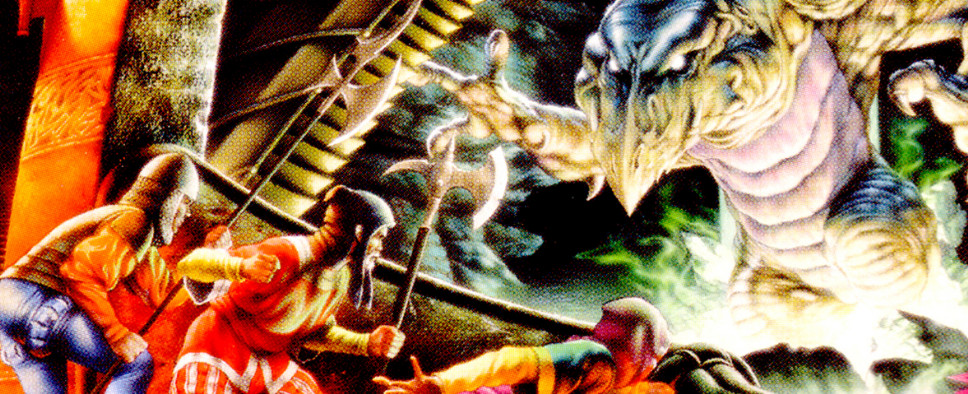Might and Magic – The Digital Antiquarian
-
Category: News ArchiveHits: 1640

The early entries in Jon Van Caneghem's legendary Might and Magic series are the subject of the latest installment of The Digital Antiquarian blog. And while this particular article can feel a bit dismissive at times, it still manages to paint a clear picture of how it all started.
Here's an excerpt:
In the end, it would take him almost three years to make the grandiosely titled Might and Magic: Book One — The Secret of the Inner Sanctum. In what Van Caneghem still calls the most satisfying single creative experience of his life, he designed and programmed the whole thing himself. He drew the graphics with some help from a pair of outside artists he hired, and outsourced some of the writing to his wife. But at least 90 percent of the sprawling final product was his work alone.
When he began to shop the game around to publishers at last in 1986, he found they were very interested; CRPGs were enjoying a boom at that time, with Ultima IV and The Bard’s Tale having been two of the biggest hits of the previous year. Yet he was sadly underwhelmed by the terms he was offered, which might allow him to earn $1 per copy sold at a retail price of $35 or more.
So, having come this far alone, he decided to self-publish his game. Being a self-described “ultimate Star Trek nut,” he chose New World Computing — as in “strange new worlds and new civilizations” — for the name of his new company. He recruited friends to draw the art for a box and a rather handsome map of his game’s land of Varn, then bought himself a PO Box and a toll-free order line along with advertisements in Computer Gaming World and A+, respectively computing gaming’s journal of record and one of the most popular of the Apple II magazines. Having been taught from a young age that success in life often hinges on looking like a success, he pulled out all the stops for the advertisements. Instead of the quarter-page black-and-white ad with fuzzy stick-figure art that was typical of home-grown software entrepreneurs like him, he convinced his parents to splash out one more time for a professionally laid-out, full-page, full-color spread that looked as good as any of those from the more established competition and better than most of them; this was an advertisement that couldn’t help but get Might and Magic noticed.

